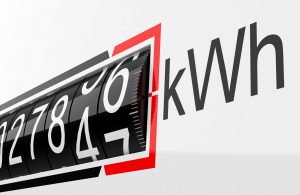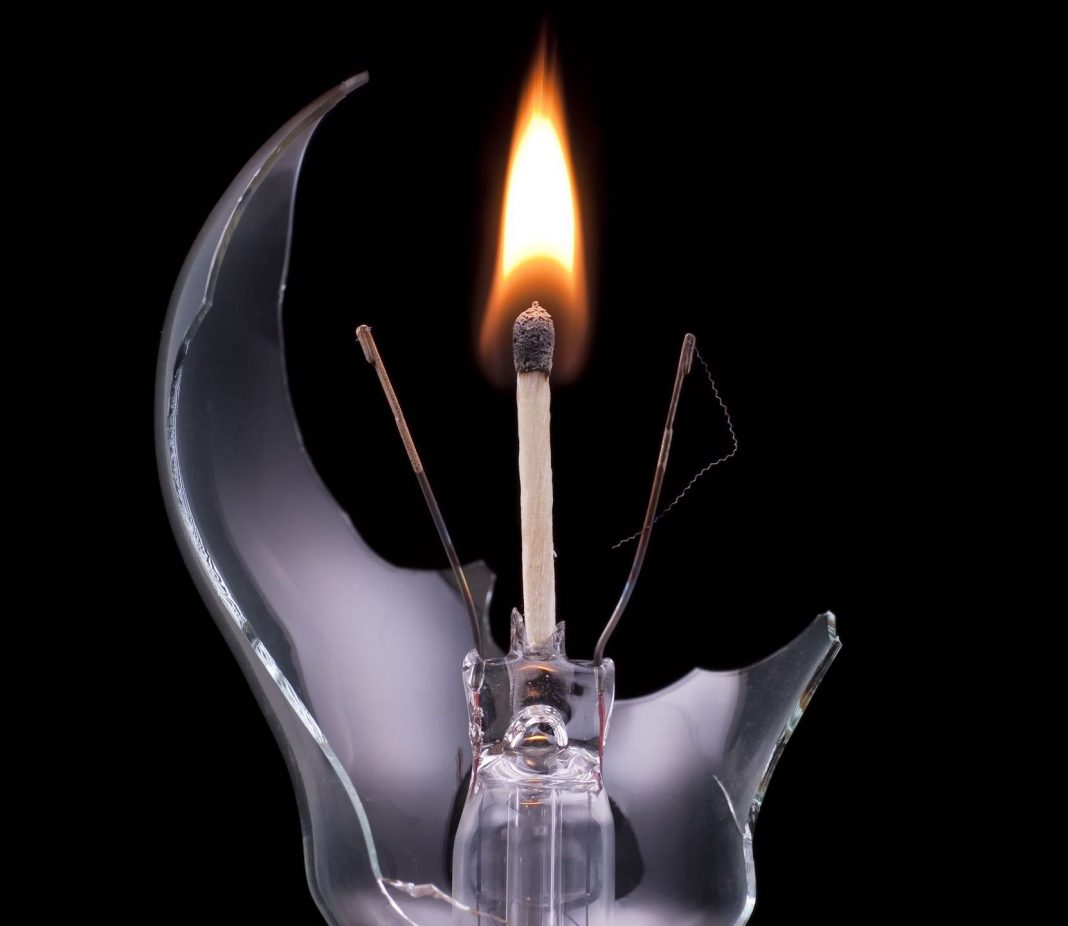The subject of power – and tariffs in particular – has become a hot topic of conversation, not just among ordinary Zambians but also in the media; although this has helped to shed welcome light on the subject, there are a still a few misconceptions being bandied about.
Here are the three most common of them:
MISCONCEPTION 1
The mines are largely responsible for Zambia’s power deficit, because they consume around 55% of the country’s generated power; that leaves a lot less for everyone else.
It is true that the mines consume a large proportion – around 55% – of Zambia’s generated power. But that simply reflects Zambia’s small installed energy base, rather than any wastage on the part of the industry, whose consumption patterns are well within global norms.
The mining sector in larger mineral-producing countries consume proportionately far less electricity than in Zambia. For example, in Chile, the world’s largest copper producer, mining accounts for only 20% of national energy consumption; in the United States, which has an even bigger mining industry, it is barely 10%.
It is more expensive to supply power to a residential home than to a mine
As Zambia starts to ramp up its long-neglected power-generating capacity over the coming decades, the mines’ consumption as a proportion of overall supply should fall.
MISCONCEPTION 2
Zambian mines pay less for their power than residential users; the mines are therefore being subsidised.
It is true that mines all over the world – and not just in Zambia – generally pay less for their power than residential users; but that is simply because it is vastly cheaper to deliver power to a mine than to a residential home.
Heavy industrial users – such as mines and factories – use high-voltage power that is cheaper to supply than low-voltage household power. In the European Union area, for example, average industrial power tariffs are 44% lower than household tariffs; in the United States, they are 43% lower.
It all comes down to electrical engineering. Because residential homes require power at very low voltages, ZESCO has to operate and maintain an extensive – and expensive – network of distribution lines, substations and transformers. Mines, on the other hand, draw their power straight from the high-voltage transmission lines and pipe it directly into their operations at no further cost to ZESCO.
MISCONCEPTION 3
There has been no new investment in the power sector for decades because ZESCO’s finances are so bad, and the main reason for this is because the mines do not pay cost-reflective tariffs.
The mining industry is on record as saying it is committed to the principle of paying tariffs that reflect the cost of an efficient, internationally competitive power sector. It also accepts that ZESCO needs a decent return on its investments so that it can fund not just its operations, but also future expansion.

However, the term “cost-reflective” tariffs is usually misused in public discourse as shorthand for higher tariffs. This is to imply a knowledge of ZESCO’s costs; but no one knows for certain what these costs are, because the last formal Cost of Service Study dates back to 2007. A new study is currently under way, and is expected to present its findings by next year.
ZESCO’s precarious financial situation is also linked to the fact that it does not appear to be an efficiently run organisation. Finance Minister Felix Mutati himself said in his 2017 budget speech that cost-reflective tariffs “does not mean that consumers should end up paying for inefficiency”. He also spoke of the need to “improve both technical and commercial efficiency in the electricity supply industry”, and announced a review of the overall structure, governance and operations of the sector.
The efficiency factor is also reflected in the fact that Zambia’s power appears to be significantly overpriced. In the Zambia Chamber of Mines’ submission to the Budget Committee of Parliament in March 2017, it was noted that, according to a study by one of the Chamber members, proposed electricity tariffs at two new power generation projects are, on average, 23% higher than international benchmarks. It was also pointed out that the price of imported emergency power is more than 60% above international benchmarks.
While higher tariffs would obviously help ZESCO’s financial situation, it does not therefore follow that tariffs are the reason for Zambia’s power deficit. The real reason is politics and economic growth. For more than 20 years, as Zambia’s power surplus slowly slipped into deficit on the back of booming economic growth and rising electricity consumption, the necessary steps were just not taken to renew the country’s ageing power infrastructure.
For more on these and other interesting aspects of power, download the recently published Chamber of Mines booklet, Towards a brighter future – powering the Zambian economy, available on this website.
See also: Zesco in the spotlight as reform looms


























